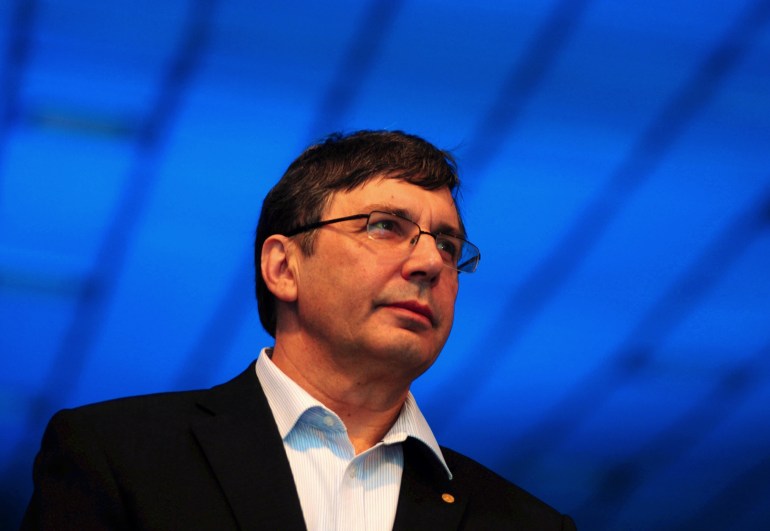Chinese scientists have built an "artificial moon" research facility that will enable them to simulate lunar conditions and low-gravity environments, as well as test new technology and future missions, using magnetism.
According to the Live Science website report, the facility, which is scheduled to be officially launched this year, will use strong magnetic fields inside a 60 cm diameter vacuum chamber to “hide” gravity, and the artificial surface will be made of rocks and dust like those on the moon.
Scientists were inspired by this idea from a previous experiment in which magnets were used to fly a frog.
first in the world
This facility is "the first of its kind in the world", as it will make gravity "disappear", and thus low-gravity environments can be simulated for as long as possible, making China less dependent on zero-gravity planes for training astronauts, and environments for vehicle testing. Mobile phones and new technologies.
"While low gravity can be achieved in an airplane or landing tower for a moment, it goes on in the simulator as much as," Li Rulin, a geotechnical engineer from China University of Mining and Technology who is leading the project's development, told the South China Morning Post. what you want".
Scientists plan to use the facility to test the technology in prolonged, low-gravity environments before sending it to the moon, where the moon's gravity is one-sixth its force on Earth.
This will allow them to eliminate any costly technical glitches, as well as test whether some structures will survive on the moon's surface, and assess the feasibility of human settlement there.
"Some experiments, such as the crash test, only need a few seconds in the simulator, but others, such as the crawl test, can take several days," Lee says.
A creep test measures how much a material deforms under constant temperature and pressure.
The idea of developing the lunar facility dates back to Andre Geim's experiments with the flight of a magnetic frog (European)
Where did the inspiration come from?
The idea to develop the facility has its roots in the experiments of Russian physicist Andrei Geim at the University of Manchester, UK, of flying a frog with a magnet.
Jim later won a Nobel Prize for this pioneering experiment.
The levitation trick that Jim used, and is now used in the satellite cabin, comes from an effect called magnetic levitation.
Atoms consist of atomic nuclei and small electrons revolving around them in a stream of small rings. These moving currents in turn induce small magnetic fields. Usually, the directed magnetic fields are canceled randomly for all atoms in an object, and no magnetism appears at the material level.
But if an external magnetic field is applied to those atoms, everything will change, the electrons will modify their movement, and produce their own magnetic field to resist the field applied to them.
If the external magnet is strong enough, the magnetic force of repulsion between it and the field of atoms will grow strong enough to overcome gravity and the object will rise.
The results tested at the lunar facility will be used in the Chinese (European) lunar exploration programme.
Construction of a research station on the moon
The results tested at the lunar facility will be used in the Chinese lunar exploration program Chang'e, whose name is derived from the Chinese moon goddess.
This program includes Chang'e 4, which landed on the far side of the moon in 2019, and Chang'e 5, which brought rock samples from the lunar surface in 2020. China has also announced that it will establish a lunar research station on the pole. south of the moon by 2029.
Li says the lunar simulator can also be used to test whether a new technology such as 3D printing can be used to build structures on the moon's surface. "Some experiments conducted in a simulated environment can also give us some important clues, such as where to look for water," he says. trapped beneath the surface.
It is noteworthy that the Chinese space program is being developed in full swing, as the year 2021 was one of the most successful years for Beijing in the twenty-first century, after it had already developed an artificial sun to repeat the process of nuclear fusion that occurs naturally in the sun and stars, to provide almost unlimited clean energy.

